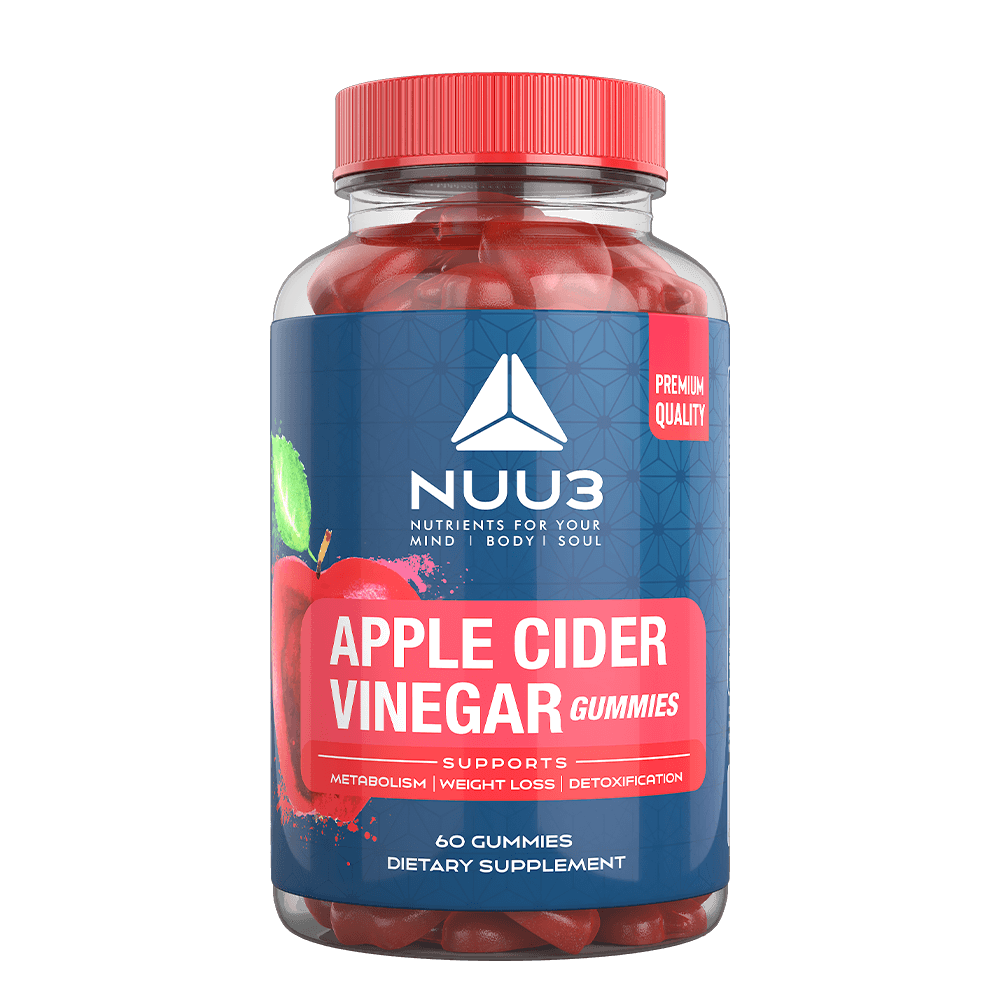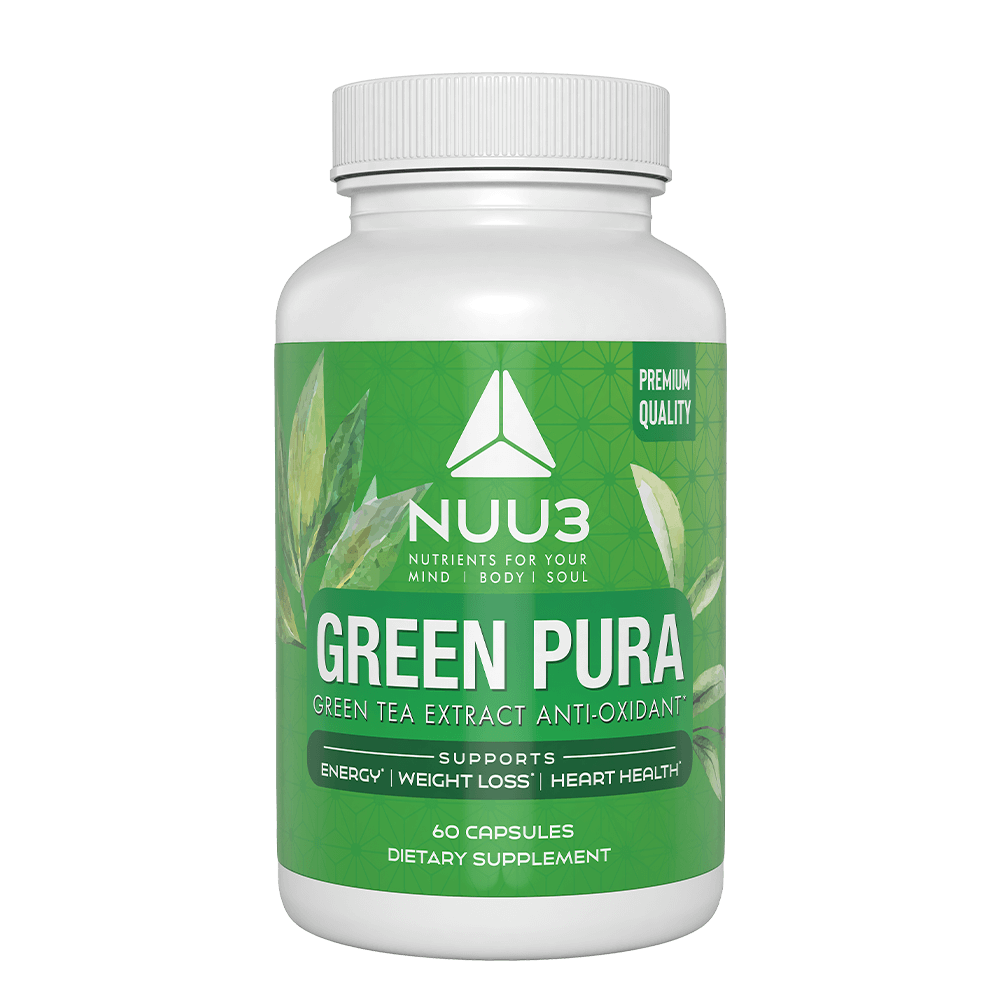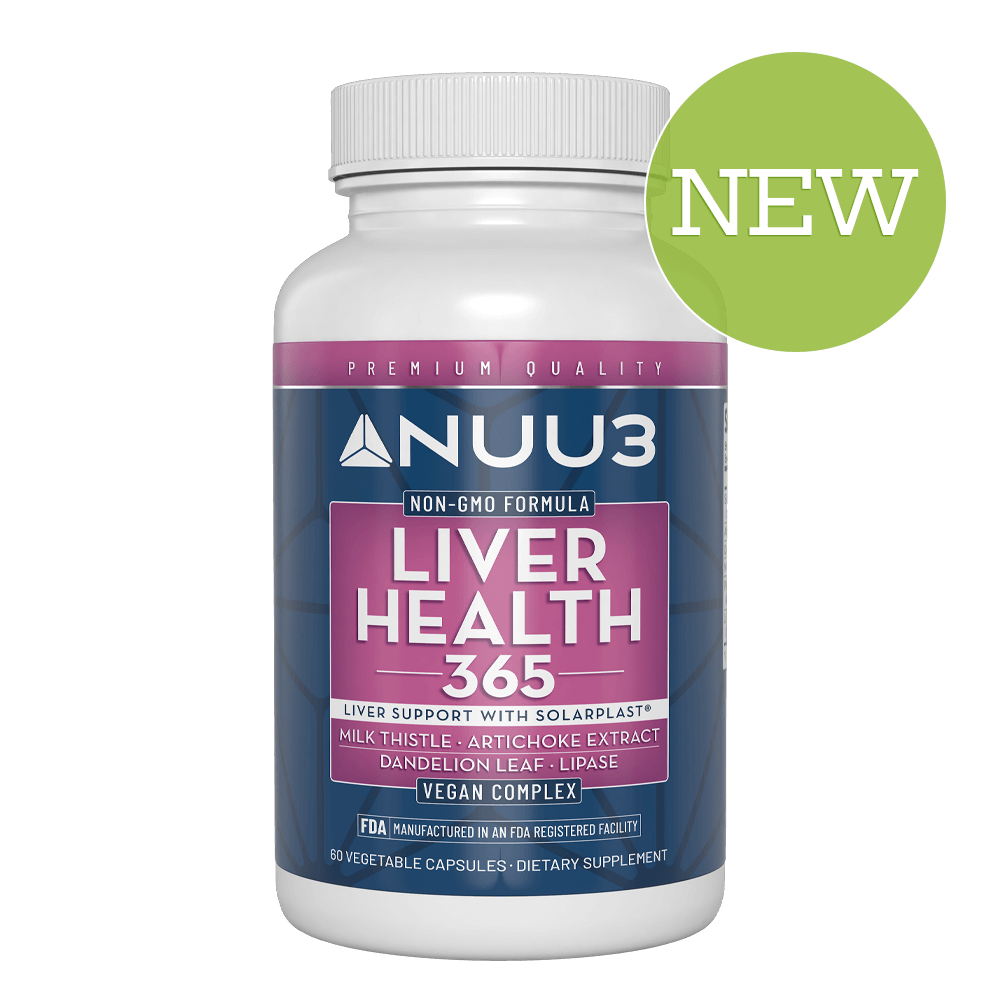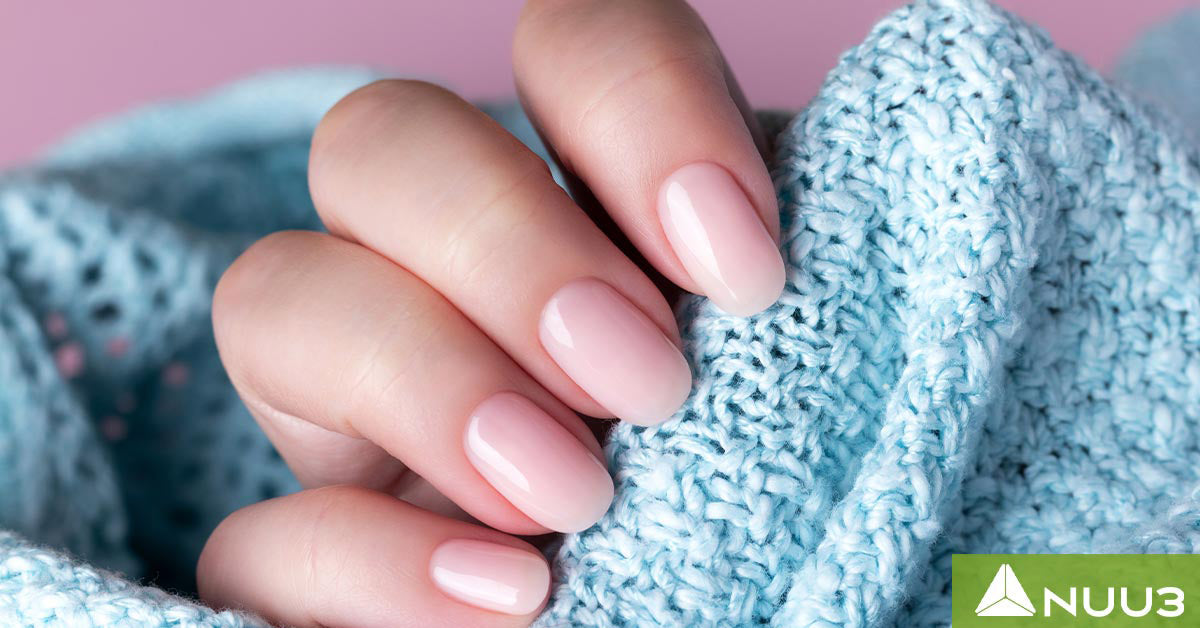Introduction
Nail health is more than just cosmetic your nails can provide important clues about your overall well-being. Healthy nails are typically smooth, strong, and consistently colored, while unhealthy nails may show signs of discoloration, brittleness, or texture changes. Recognizing these differences is crucial, as nail problems can sometimes indicate underlying health issues or poor care habits. In this blog, we’ll explore the key characteristics of healthy and unhealthy nails, common causes of nail problems, and essential tips for maintaining strong, beautiful nails.
Importance of recognizing the difference between healthy and unhealthy nails
Understanding the difference between healthy and unhealthy nails is essential because nails often act as indicators of your overall health. Changes in nail color, texture, or strength can sometimes signal underlying health issues, such as nutritional deficiencies, infections, or chronic conditions like psoriasis or thyroid problems. Early recognition of unhealthy nail signs allows for timely intervention, which can prevent more serious complications. Additionally, distinguishing between healthy and unhealthy nails helps you maintain good nail care practices, ensuring strong and resilient nails while avoiding damage caused by poor hygiene or harmful products.
How nails can reflect overall health
Nails are a window into your overall health, often revealing signs of internal conditions before other symptoms appear. Changes in color, texture, and growth patterns can point to various health issues. For instance, pale nails may indicate anemia, yellowish nails could signal a fungal infection or respiratory issues, and thick, distorted nails might be related to psoriasis or thyroid disorders. Additionally, brittle or slow-growing nails may suggest deficiencies in essential nutrients like biotin, iron, or zinc.
Nail health is closely tied to personal care habits as well. For example, poor hygiene or behaviors like nail biting can weaken your nails and make them prone to infections. Learning how to stop biting nails is crucial for protecting them from damage. Nail-biting can introduce bacteria into your nail bed, leading to infections or chronic conditions like hangnails and inflammation. Breaking the habit helps preserve nail strength, reduce the risk of infection, and maintain healthier nails overall.
By paying attention to your nails and understanding the signs they provide, you can identify potential health concerns early and take steps to improve both your nail health and overall well-being.
Characteristics of Healthy Nails
Healthy nails are a reflection of good overall health and proper care. Here are the key features of nails in optimal condition:
-
Smooth Surface: Healthy nails are free from pits, grooves, or ridges. They have a smooth texture and consistent thickness across the entire nail.
-
Uniform Color: Nails that are light pink with a healthy sheen and white tips are generally in good shape. Any discoloration, like yellowing or dark spots, could indicate an issue.
-
Strong and Flexible: Healthy nails are strong but still maintain a degree of flexibility. They do not break or chip easily under normal conditions, unlike brittle nails, which tend to crack, peel, or split.
-
Consistent Growth: Nails grow at a steady rate, generally about 3-4 millimeters per month. If your nails are healthy, you’ll notice consistent growth without excessive thinning or thickening.
-
Well-maintained Cuticles: Healthy nails have intact, well-moisturized cuticles, which protect the nail bed from infection.
Maintaining healthy nails requires proper nutrition and care. In contrast, brittle nails, which are prone to cracking or breaking, may indicate a deficiency in vitamins, overexposure to water or harsh chemicals, or other underlying health issues. Proper hydration, a balanced diet, and avoiding harsh nail treatments are key to keeping nails strong and resilient.
Characteristics of Unhealthy Nails
Unhealthy nails can exhibit various signs that indicate underlying health issues or poor nail care habits. Here are the common characteristics to watch for:
-
Discoloration: Unhealthy nails often show abnormal colors such as yellow, white, or greenish tints. Dark spots or lines can also appear, which may indicate fungal infections, bruising, or even melanoma in rare cases.
-
Brittleness and Splitting: Nails that crack, peel, or break easily are considered unhealthy. Brittle nails may result from overexposure to water, harsh chemicals, or nutritional deficiencies like low levels of biotin, zinc, or iron.
-
Texture Changes: Ridges, pits, or dents on the nail surface are signs of unhealthy nails. Vertical or horizontal ridges may indicate conditions like psoriasis or eczema, while pits are often associated with alopecia areata.
-
Thickened or Misshapen Nails: Abnormally thick nails can be a sign of fungal infections or psoriasis. Curved or spoon-shaped nails (koilonychia) can be a sign of iron deficiency anemia or other health issues.
-
Slow or Abnormal Growth: Unhealthy nails may grow very slowly or display uneven growth patterns. This can be due to poor nutrition, aging, or underlying health problems affecting circulation or metabolism.
-
Pain or Swelling Around Nails: Swelling, redness, or pain around the nails is usually a sign of infection, such as paronychia, which often occurs when bacteria or fungi enter the skin around the nails.
-
Nail Separation from the Bed: Onycholysis is when the nail separates from the nail bed, which can be caused by trauma, fungal infections, or reactions to chemicals like nail polish or remover.
Causes of Unhealthy Nails
Nutritional Deficiencies
A lack of essential vitamins and minerals, such as biotin, iron, zinc, and vitamins A, C, and D, can lead to brittle, weak, or discolored nails. When your body doesn't get these nutrients, nails become more prone to cracking, peeling, and abnormal shapes. To support healthy nail growth, it’s important to ensure you’re getting the right balance of nutrients. Supplements like NUU3 Daily Multivitamin Gummies can help fill these nutritional gaps, providing a convenient way to get key vitamins and minerals essential for nail strength and overall health. By maintaining adequate levels of these nutrients, you can prevent deficiencies that affect nail health.
You May Also Like to Read: Benefits of Zinc for the Skin and How They Can Be Obtained
Infections
-
Fungal Infections: Fungal infections (onychomycosis) can cause nails to become thickened, discolored, and brittle. This is especially common in toenails due to moisture and poor hygiene.
-
Bacterial Infections: Bacteria can enter the skin around the nails, especially if you bite or pick at them, causing redness, swelling, and pain (paronychia).
-
Viral Infections: Viral warts near or under the nails can lead to deformities or other nail issues.
Chronic Health Conditions
-
Psoriasis and Eczema: These skin conditions can cause thickened, ridged, or pitted nails. Nail psoriasis, for example, leads to separation of the nail from the nail bed and changes in nail texture.
-
Thyroid Disorders: Hypothyroidism and hyperthyroidism can both cause brittle nails or slow nail growth.
-
Anemia: Low levels of iron in the blood can lead to spoon-shaped nails (koilonychia), which are thin and curved upwards.
Nail Trauma
-
Physical injury to the nail, such as banging or catching it on a hard surface, can cause bruising, nail separation, or changes in color and shape.
-
Repeated trauma from activities like nail-biting, aggressive manicure techniques, or wearing tight shoes can damage nails over time.
Poor Nail Care Habits
-
Nail-Biting: Constantly biting or picking at your nails weakens them and introduces bacteria, leading to infections and poor nail growth. Learning how to stop biting nails can greatly improve nail health.
-
Overuse of Harsh Chemicals: Frequent use of nail polish, acetone-based nail polish removers, or harsh cleaning chemicals can dry out and weaken the nails, causing them to become brittle and break easily.
-
Frequent Exposure to Moisture: Constant exposure to water, such as from frequent handwashing or dishwashing, can make nails soft and prone to splitting.
Aging
-
As we age, nails naturally become more brittle and prone to splitting or discoloration due to slower growth rates and reduced moisture levels in the nails and skin.
Medications
-
Certain medications, such as chemotherapy drugs, retinoids, or beta-blockers, can cause nail problems, including discoloration, ridging, or nail loss.
Environmental Factors
-
Cold Weather: Cold, dry climates can sap moisture from nails, causing them to become brittle and crack.
-
UV Exposure: Excessive exposure to UV rays, especially from tanning beds or direct sunlight, can damage nail health, leading to discoloration or changes in nail texture.
How to Maintain Healthy Nails
Maintaining healthy nails requires a combination of proper care, a balanced diet, and good habits. Here are some key tips to keep your nails strong and looking their best:-
Balanced Diet: Eating a diet rich in essential vitamins and minerals is critical for nail health. Nutrients like biotin, zinc, iron, and vitamins A, C, and D all play a vital role in nail strength and growth. Supplementing your diet with products like NUU3 Hair, Skin, and Nails Gummies can help ensure you get the necessary vitamins to support healthy nails. These gummies contain a blend of nutrients that specifically promote the health of your nails, along with your hair and skin.
-
Moisturize Regularly: Just like your skin, your nails need moisture to stay strong and flexible. Apply hand creams or cuticle oils to keep your nails and cuticles hydrated, preventing dryness and brittleness.
-
Practice Proper Nail Hygiene: Keep your nails clean and trimmed to avoid infections. Gently file your nails in one direction to prevent splitting, and avoid harsh or aggressive manicuring practices that can damage the nail bed.
-
Avoid Overexposure to Water: Prolonged exposure to water can weaken nails, making them prone to breaking. Use gloves when doing household chores like washing dishes or cleaning to protect your nails from moisture damage.
-
Limit Use of Harsh Chemicals: Frequent use of nail polish removers containing acetone, as well as exposure to cleaning chemicals, can weaken nails. Opt for acetone-free removers and always use gloves when handling harsh substances.
-
Avoid Biting Nails: Biting your nails can damage them, making them weak and more susceptible to infections. Breaking the habit of nail-biting is crucial for keeping your nails healthy and strong.
When to Seek Medical Advice
Seek medical advice if you notice persistent nail discoloration, pain, swelling, or separation from the nail bed, as these may indicate infections or underlying health issues. Additionally, changes in nail shape, thickness, or slow growth can signal conditions like anemia, thyroid disease, or fungal infections. If your nails remain brittle or weak despite proper care, a doctor can assess potential nutrient deficiencies. Always consult a healthcare professional if nail changes occur alongside other symptoms like fatigue or skin problems, as these may point to broader health concerns.
Conclusion
Nail health is a reflection of overall well-being, and understanding the differences between healthy and unhealthy nails is essential for recognizing potential health issues early. By maintaining a balanced diet, practicing good nail care habits, and paying attention to changes in your nails, you can keep them strong and healthy. If you experience persistent nail problems or notice unusual changes, seeking medical advice can help address underlying conditions and prevent further complications.











